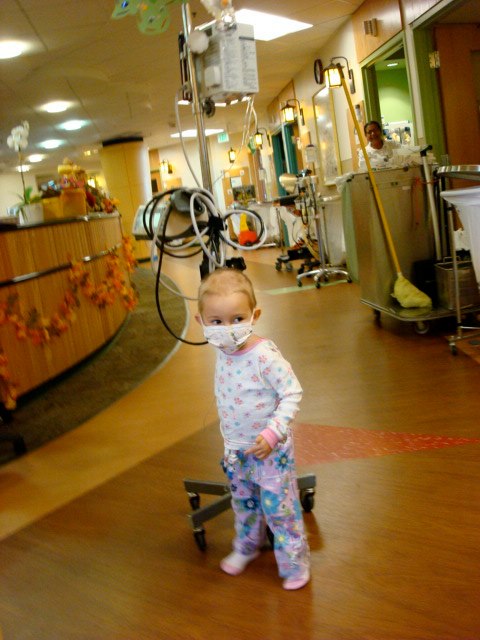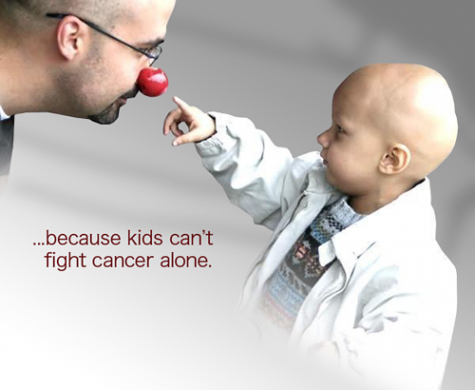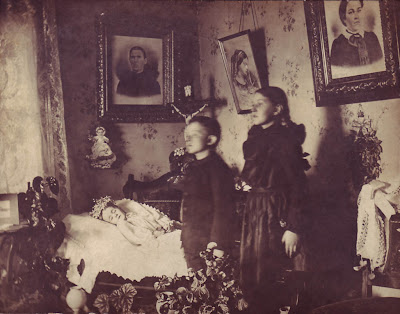Connecticut
As the nation thinks about the recent tragedy in Connecticut, where 20 children and 7 adults lost their lives, many look to bring gun control into the news. Gun control is seen by some as a way to prevent shootings, but it's not the real cause of this problem. With gun control, guns will still be availible, honest people just won't have any. That's not to say every gun should be availible. We don't really need assault rifles for purchase. The true cause of tragedies is often untreated mental illness. For many, affordable and accessible mental health care is out of reach. Medications are expensive and may not be covered by insurance. Counseling is even less covered, and is more expensive without benefits. Psychologists and psychiatrists are often overbooked, lacking the time to treat many patients. Mental health care facitilities are shrinking, and are now mostly found in prisons. Indeed, the incidence of mental illness is the prison population is five times t


